When the first transatlantic telephone cable was launched on 25 September 1956, it was hailed as the start of the modern era of global communication. It was designed to link both the United States and Canada to the UK, with facilities for some circuits to be leased to other West European countries too.
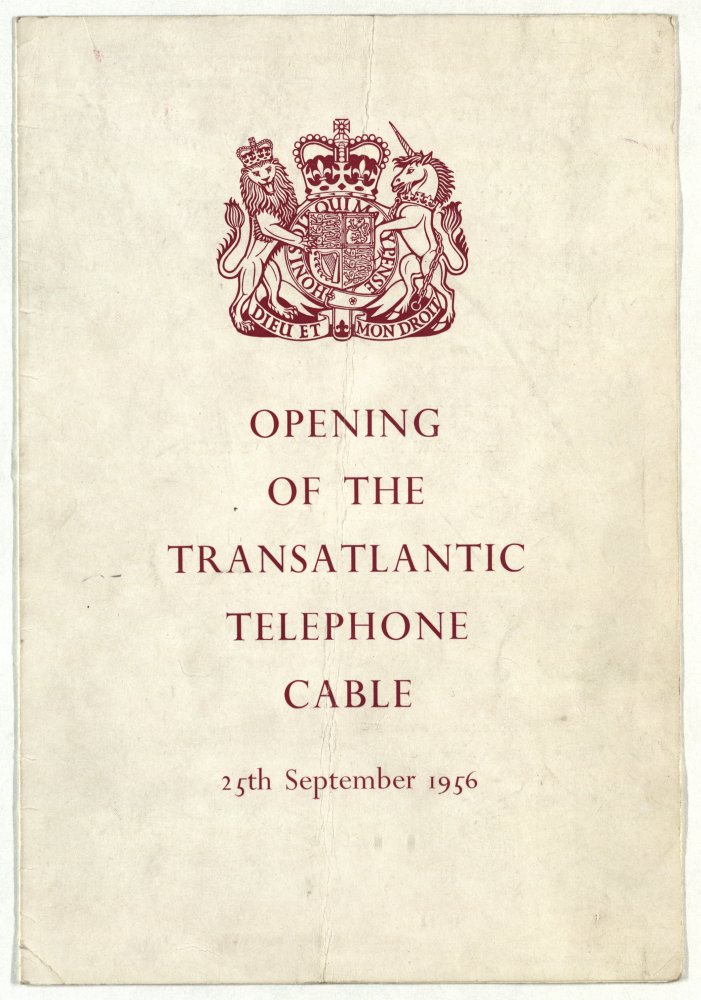
The cable provided 30 telephone circuits to the US and six to Canada. Most were for communication with the UK, the rest were connected through London to give direct access to Europe.
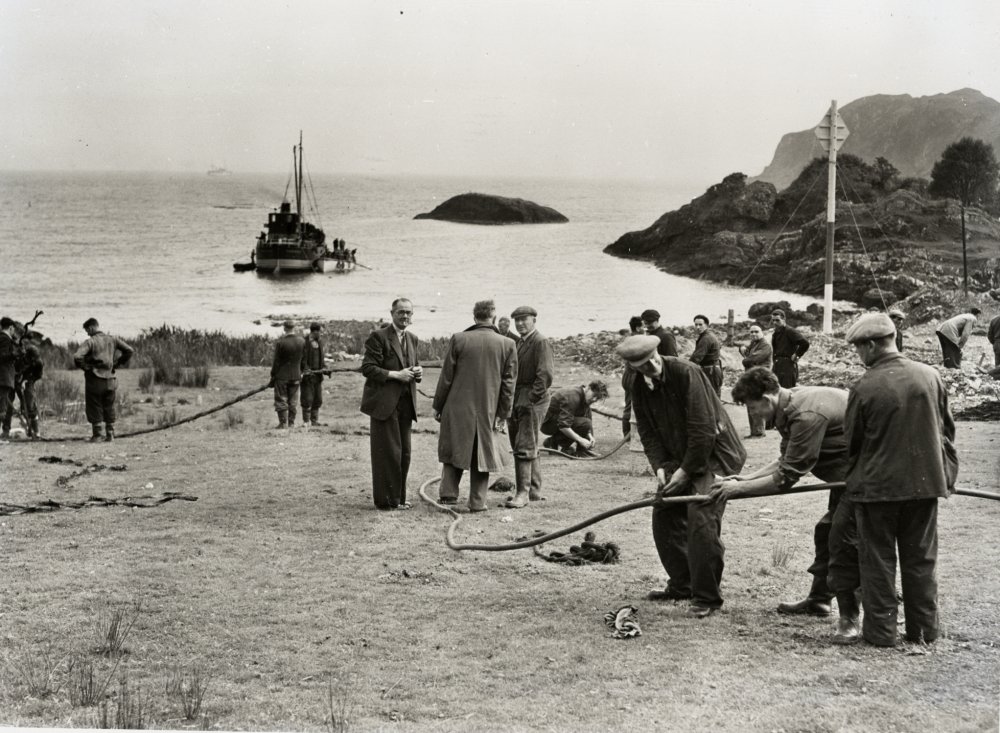
Undertaken by BT’s predecessor, the Post Office Engineering Department, along with the American Telegraph and Telephone Company, Bell Telephone Laboratories and the Canadian Overseas Telecommunications Corporation, the £12.5 million project took three years to complete. During this time the system was planned, manufactured and installed, which required developing new techniques for placing cable in deep waters.
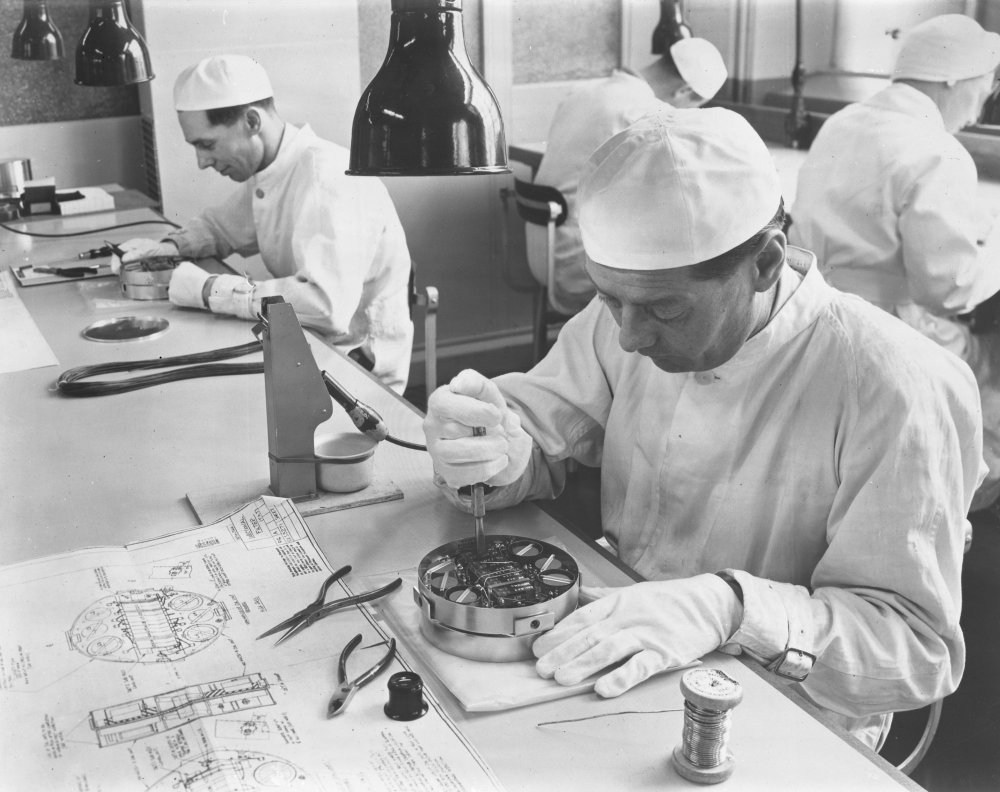
Telegraph links between the UK and the USA had been in existence from the middle of the previous century, but 1927 saw the first commercial radiotelephone service between the two countries. Initially 2,000 calls per year were made across the Atlantic, but the cost was prohibitive – in 1928 the basic rate for calls to New York was £9 for just three minutes.
It was only with the development of new equipment, such as coaxial cables with polyethylene insulation, carrier frequency equipment and broadband submerged repeaters, that transatlantic telephony by cable could be realised. These new technologies were developed just before and during World War Two. One key Post Office input was the development of subsea repeaters which were robust and reliable enough for areas around the coast and mainland Europe.
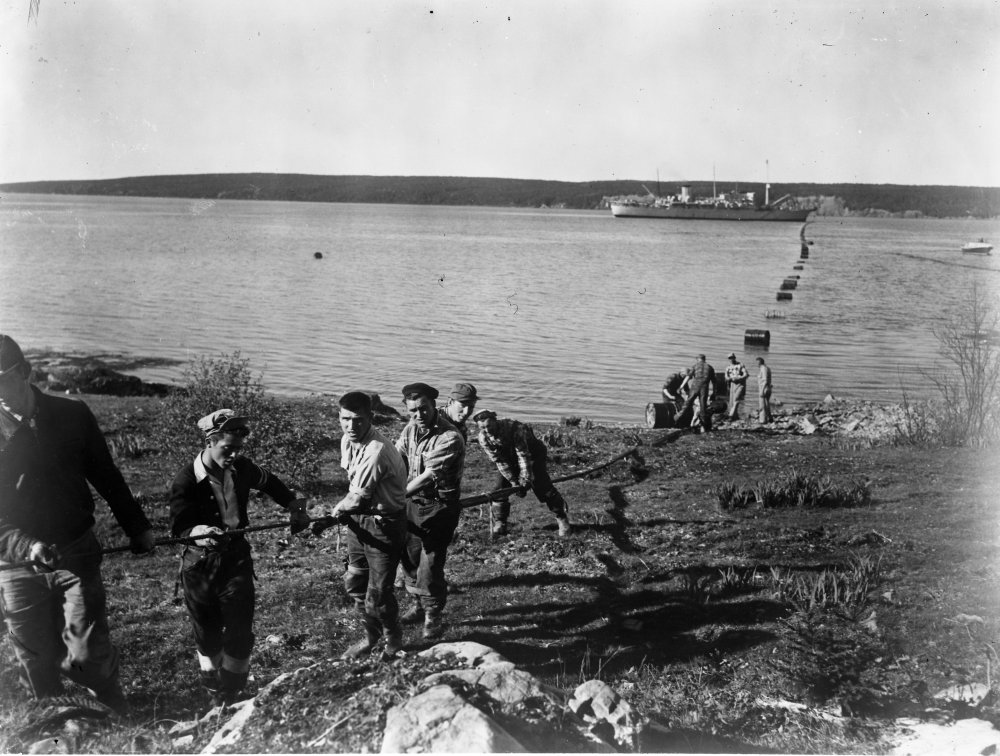
Apart from the short shore ends, the whole of the transatlantic telephone cable was laid by the Post Office cable ship Monarch. It was the only such ship that was capable of carrying the 1,500 nautical miles of cable which had to be laid in one piece across the deepest part of the Atlantic, between Oban in Scotland and Clarenville, Newfoundland. The cable then crossed over the the Cabot Strait to Sydney Mines, Nova Scotia.
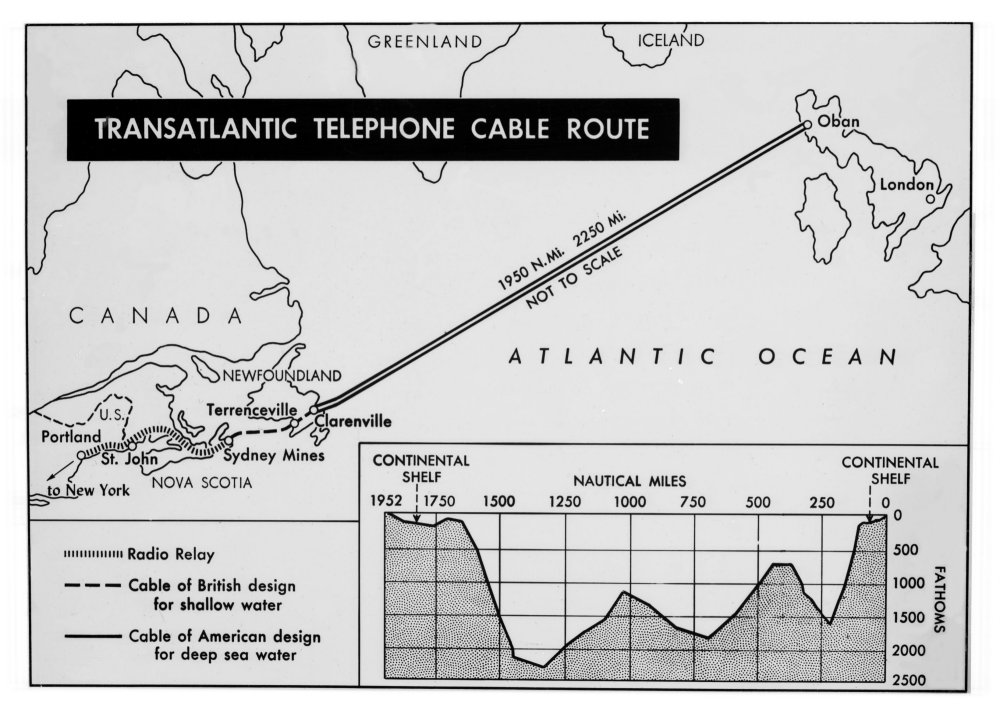
At the inaugural ceremony at Lancaster House in London on 25 September 1956, the service was opened by the Postmaster General, who spoke to the Chairman of AT&T calling from New York, and to the Canadian Minister of Transport.
During its first year of service, TAT1 carried twice as many calls as the radio circuits had done in a year – about 220,000 calls between Britain and the United States, and 75,000 between Britain and Canada – generating £2 million to be shared between the three countries.
In 1956, the first transatlantic telephone cable was regarded as a major technological achievement, not least as a base for future research and improvements. It laid the path for further developments such as sophisticated digital fibre optic transatlantic cables, which can pass tens of thousands of calls simultaneously.
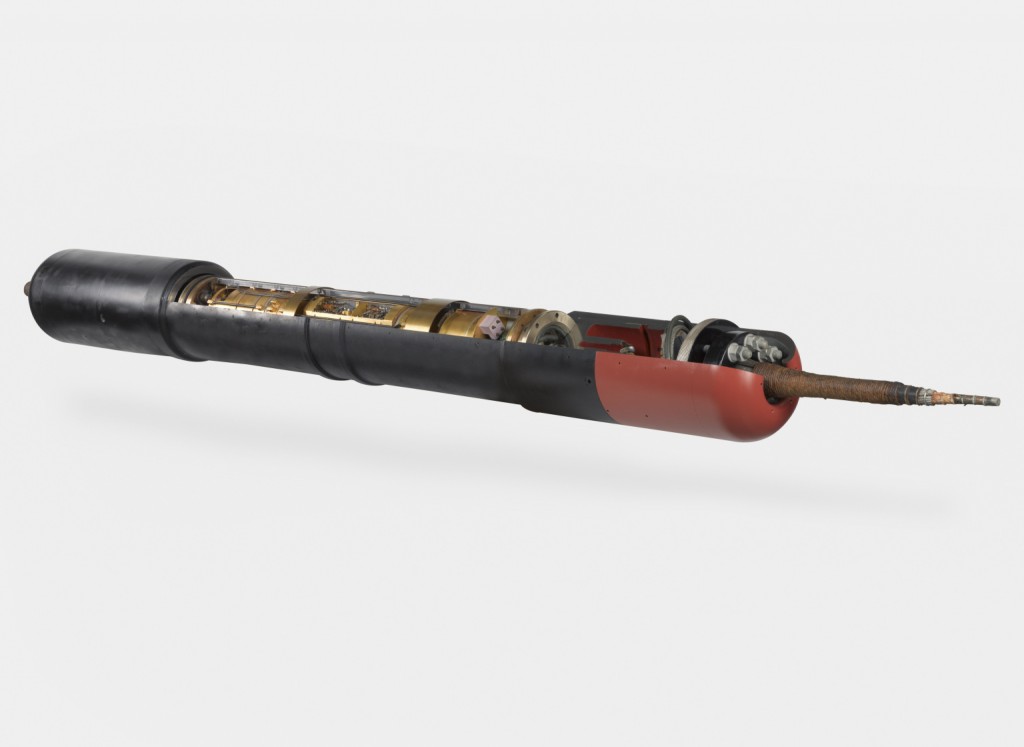
BT is excited to be Lead Principal Sponsor of the new Science Museum’s Information Age gallery, where the story of TAT1 and transatlantic communications is told. Our purpose as a company is to use the power of communications to make a better world. We have been involved in every significant development in telecommunications since the birth of the technology in 1837 with the invention of the electric telegraph in the UK
It was important for us to be able to support Information Age in telling the stories of how communications technology has changed the world for the better. And we are delighted to have donated so many of the objects on display in the gallery from our own heritage collection.
David Hay is the Head of Heritage & Archives at BT. For more about our Information Age gallery visit sciencemuseum.org.uk/informationage.